What Is The Future Of Offices in Post-pandemic World?
Covid-19 has had an enduring impact on how we work and has changed our assumptions about work forever. Hybrid work is now just a part of our everyday professional life, and it’s not going anywhere.
The pandemic forced us all indoors, and it became obvious that the daily commute to the flexible offices wasn't necessary at all. The majority of employees could complete their work just as easily from home as they could at their desks.
The need for physical interactions at work, on the other hand, is still as important as it was prior to the pandemic, according to the research conducted by Microsoft. Physical contact during lunch breaks or unplanned encounters at work has been shown to have a direct impact on the development of new ideas and innovations, which ultimately reflect the success of the business and the general wellbeing of its employees.
Therefore, as the risk of Covid-19 decreases, more and more companies are making a return to their office spaces. However, it is clear that office culture will never return to the pre-pandemic "normal," which forces us to reconsider the purpose of the office and reimagine its design.
With this blog, we want to share and introduce the major trends that are believed to affect the design of post-pandemic offices.
What was the pre-pandemic office design like?
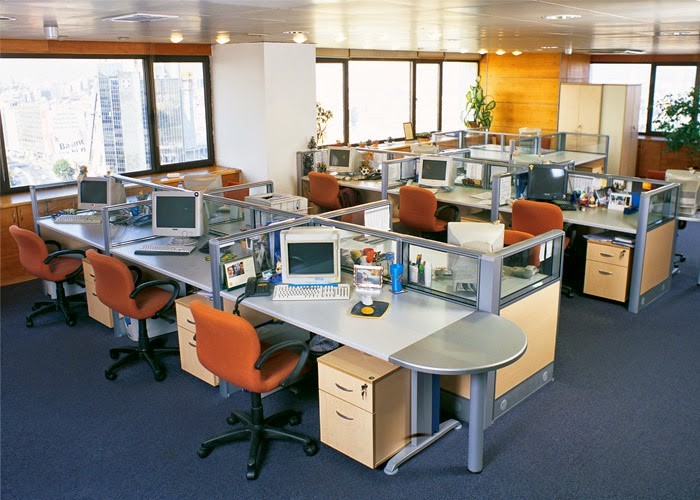
The introduction of various social activities into workplace culture started in the 1980s, which was a revolutionary move that many corporations at the time weren't brave enough to make. Working in an environment that allowed employees to unwind and clear their minds was more productive and profitable than having an assigned work desk and being tied to regular tasks.
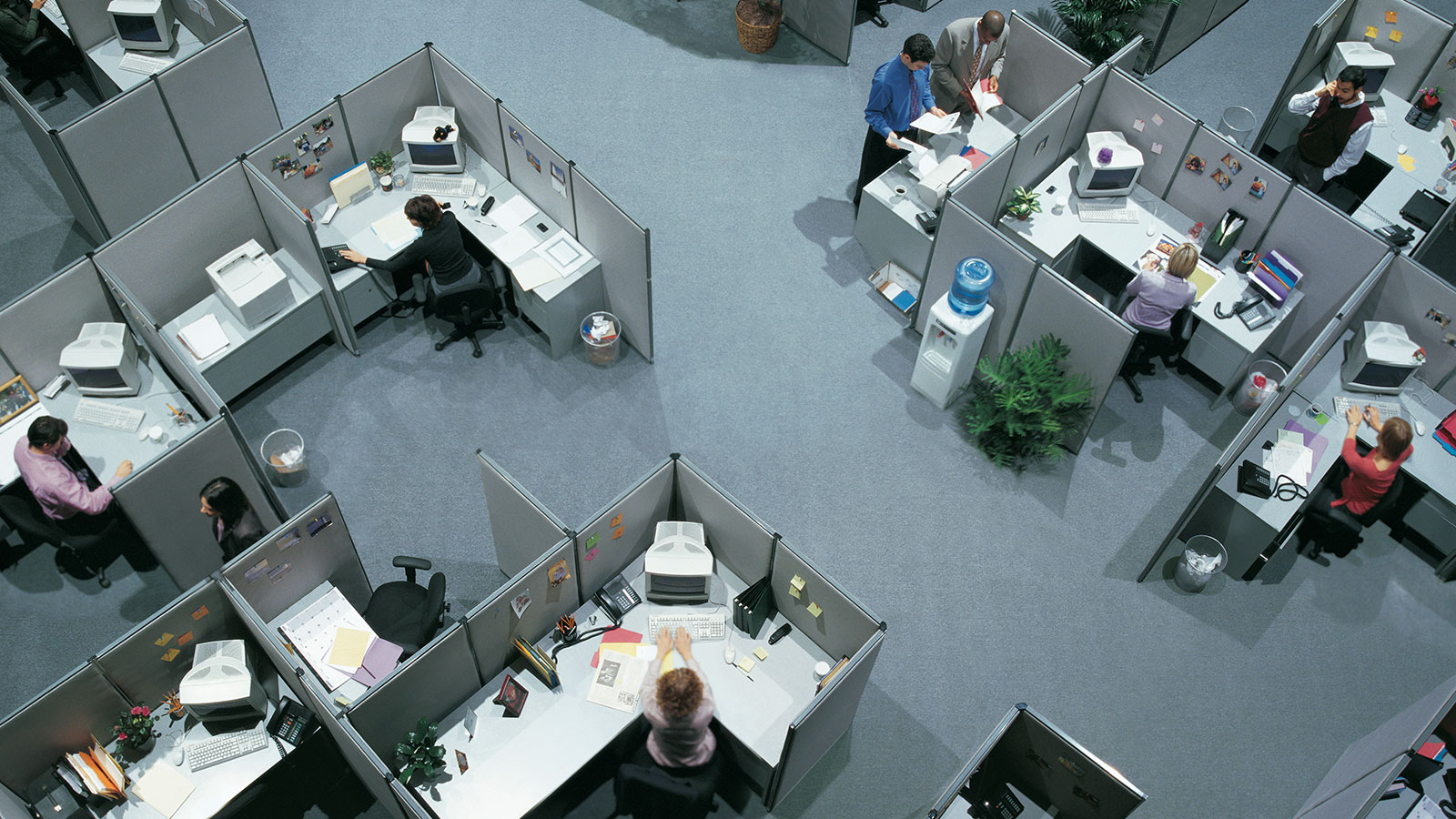
This strategy was widely used in office design during the 1990s. Employers began utilizing mobile furniture, such as chairs, tables, and boards on wheels, to transform the workplace into an open and flexible space where employees could interact and form positive relationships.
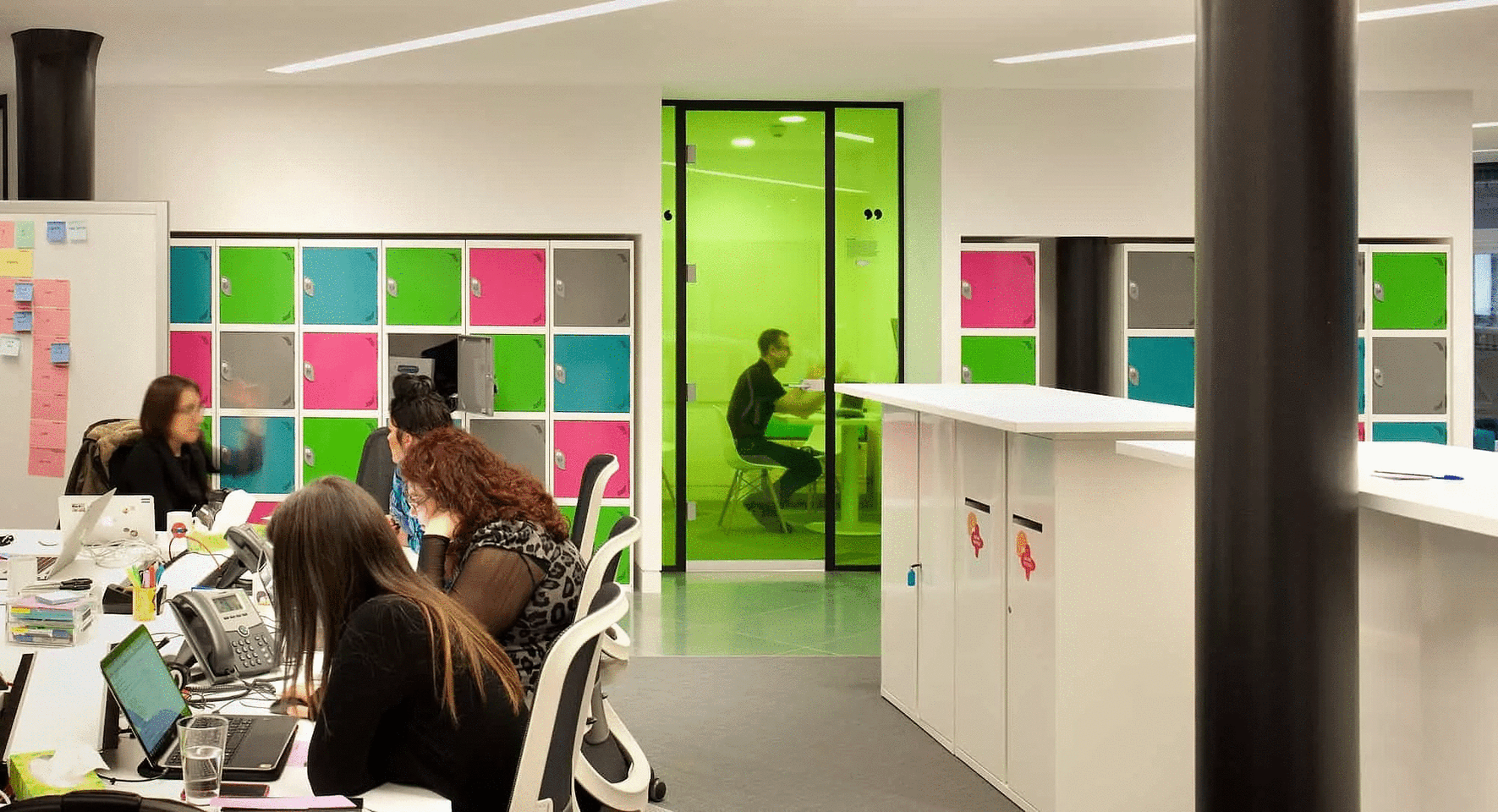
Beginning in the early 2000s, corporate office culture allowed employees to engage in various activities on the spot. Employees were free to bring their kids or pets to work, play foosball or arcade games, or arrange their working space according to their wishes. Despite the fact that this practice was becoming more popular across the globe, according to Diane Hoskins, co-CEO of Gensler, Covid-19 not only sped up the procedure but also drastically changed employee priorities.
How did the pandemic reflect on work culture and how does the post-pandemic office look like?
Rethinking boundaries in the office

It is anticipated that the hybrid working model will put an end to rigid workplace restrictions like assigned desks and single-purpose rooms or spaces. Prior to pandemics, the practice was effective; the desk essentially evolved into the worker's personal space, their safe haven, and a space that could be accessorized and organized. In actuality, however, much time was not spent at the desks.
According to Taylor Designs, associate partner of Stephanie L'Estrange, the design of the post-pandemic office allows us to reimagine the function of assigned desks and employee working hours. By removing the concept of counting a desk as your own, the company encourages its employees to make better use of their working hours. Employees plan their days better and communicate with their coworkers more frequently and freely when they do not have assigned desks.
Others share this belief. According to British interior design firm Morgan Lovell, employees can work on tasks that require concentration and focus at home just as comfortably as at their assigned desk. This encourages businesses to provide offices that are designed for collaborative, activity-based work rather than completely replacing working from home.
More smaller spaces for the meetings
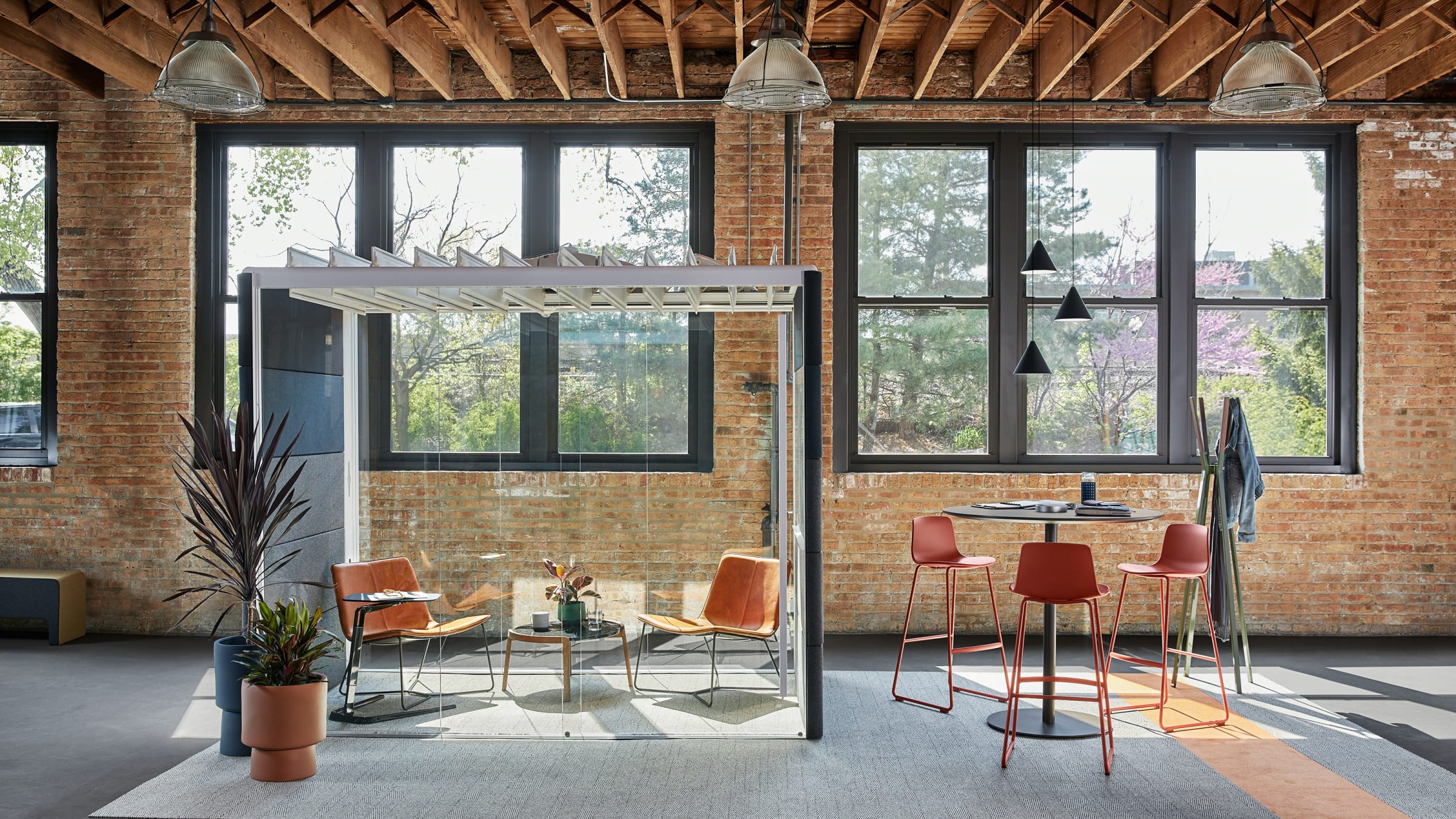
Post-pandemic office design will place a greater emphasis on spaces dedicated to hybrid work. This entails the establishment of isolated, hub-like rooms for one or more employees, which will be technologically equipped to collaborate with remote workers. Online meetings will continue to be an important part of our working processes, so organizations must work hard to create welcoming environments for them.
Noise distribution
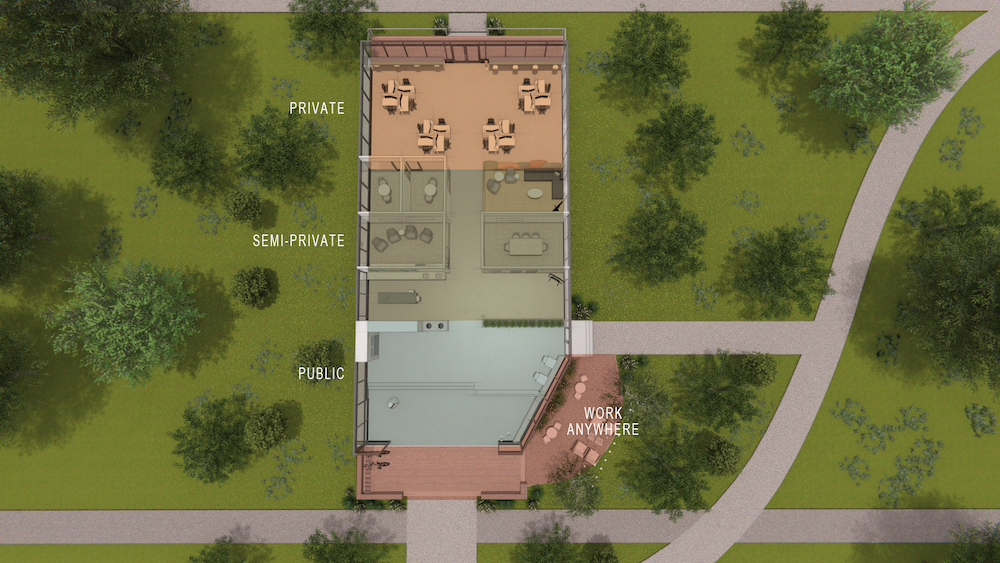
Both at home and at the office, noise is a significant factor that disrupts our productivity. Future designs will incorporate more thoroughly designed noise distribution and noise-canceling techniques in future offices. According to Work Design Magazine, areas that are frequently busy and serve as gathering places for coworkers should be located at the front of the building, whereas areas for solitary teamwork should be located at the rear, to prevent noise from interfering with the efficient operation of the space.
More integration with nature
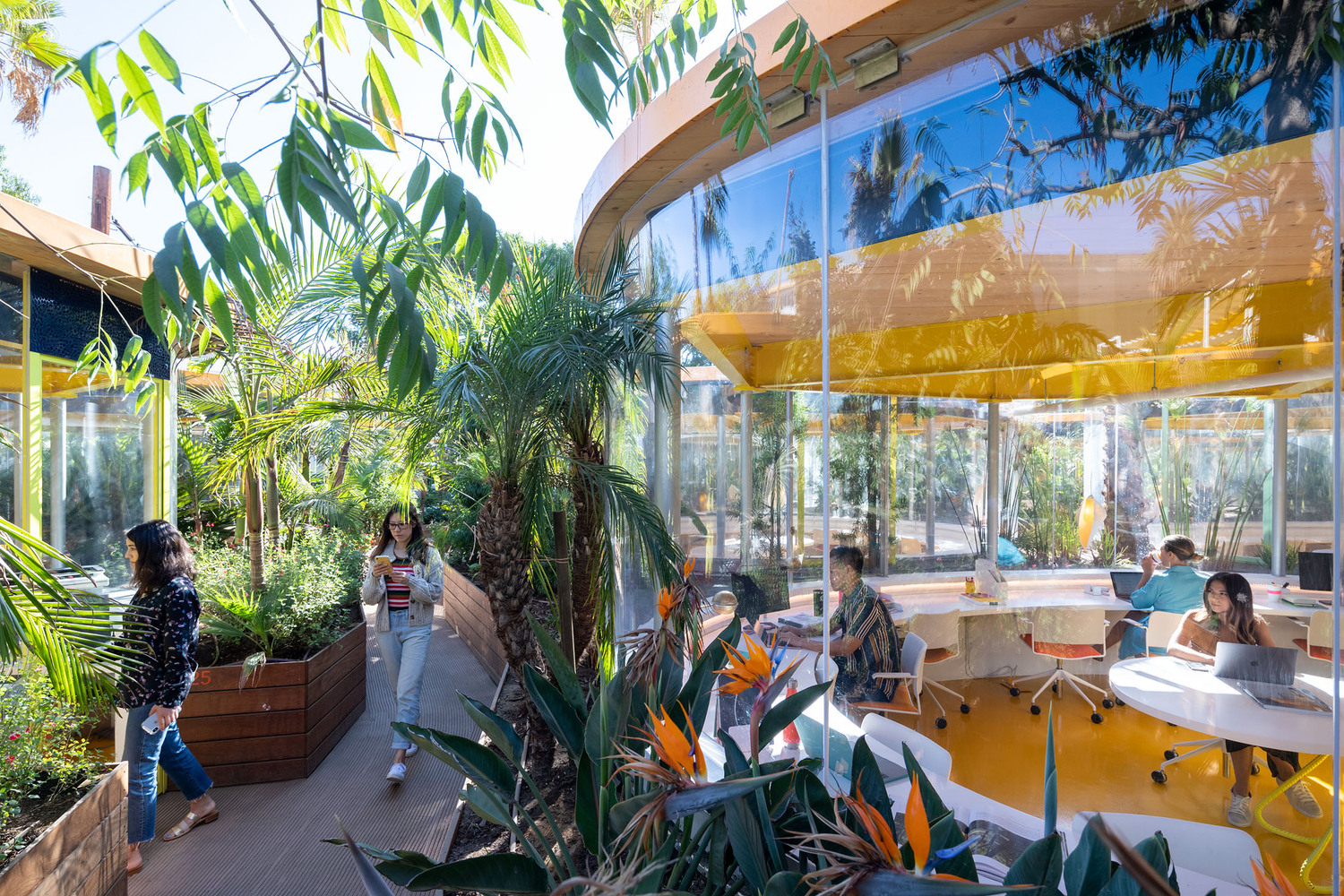
The importance of including natural elements in the places where we spend the majority of our days has been demonstrated by Covid and by staying at home for two consecutive years. According to research, working in an environment with lots of plants, views, terraces, balconies, fresh air, and natural light makes employees happier, which in turn improves their mental health.
According to FXCollaborative partner Daniel Caplan, offices are places for collaboration, extroverted work, and social interaction. As a result, future offices will have light-filled interiors and outdoor working spaces where employees can work and unwind simultaneously.
Although this idea is not new, offices will accelerate blurring the lines between indoor and outdoor space, moving workspace outside and, on the other hand, bringing nature indoors.
Although at the start of the pandemic remote work was lauded and the demise of offices was predicted, we believe that office plays a crucial role in establishing organizational culture and cultivating a sense of community within the team, which is the cornerstone of a healthy organization and development. Therefore, organizations should start redesigning their office spaces to meet the needs and requirements of the post-pandemic teams and employees.